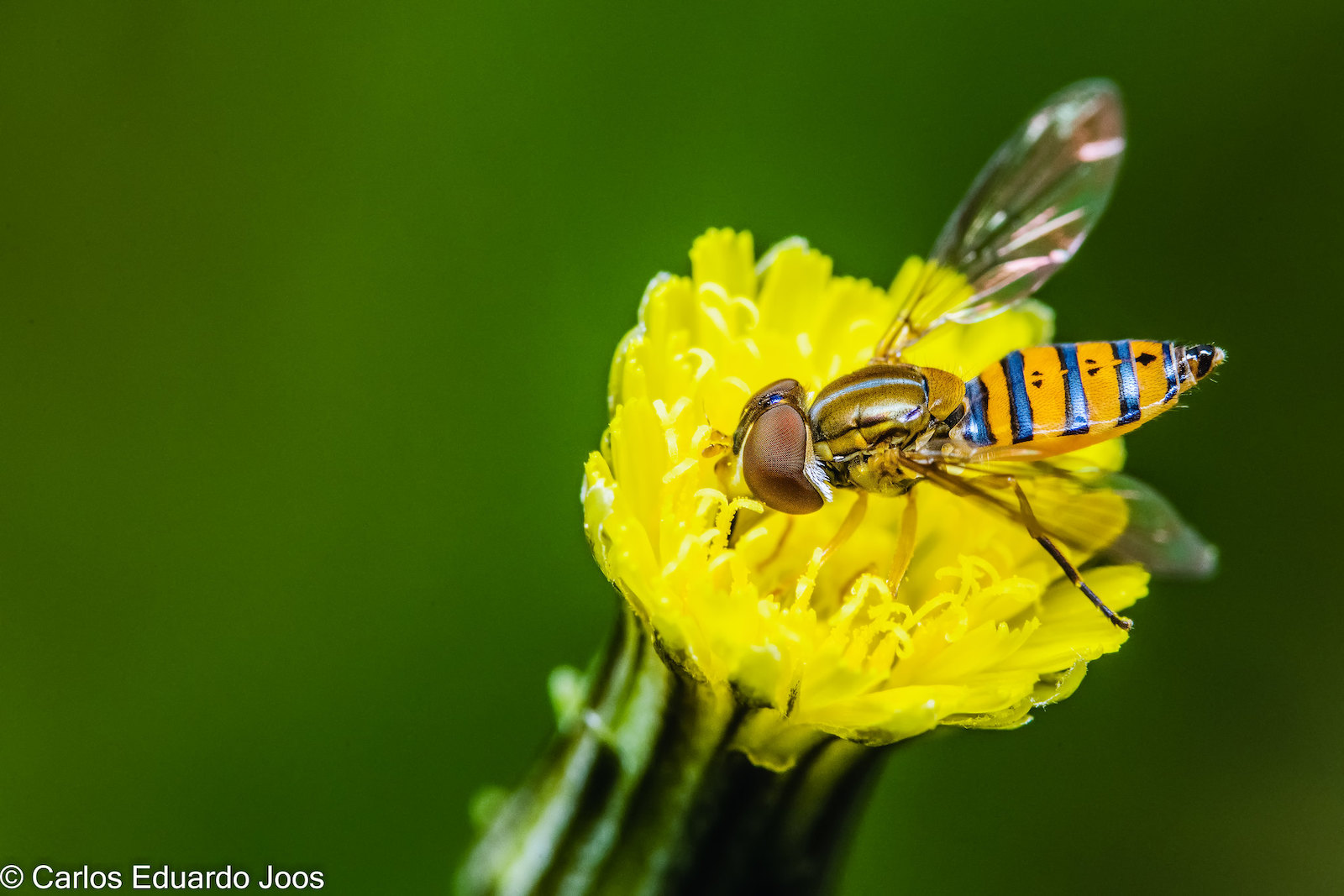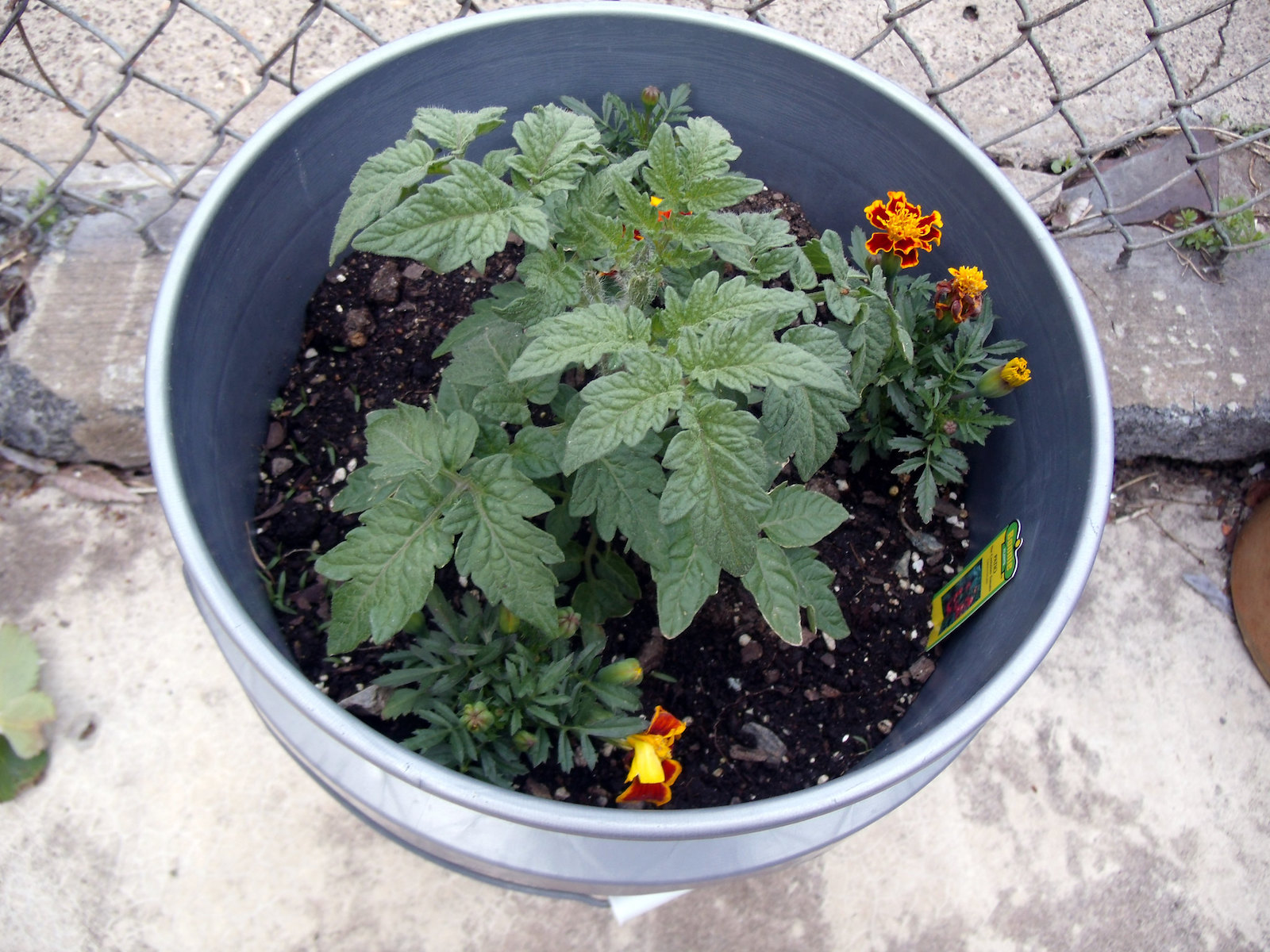Companion planting means thinking about how the plants in your garden interact with one another. This is an important consideration when garden planning, and helps you make the best of the space you have available. Companion plants can make your veggie garden more sustainable and your food more plentiful by attracting beneficial insects, preventing pests, and more.
Companion planting for sustainability
By replacing your pesticide with all-natural pest control options like predatory insects and plants that trap or divert nasties, you can reduce your use of heavy chemicals and their negative impacts on pollinators. Plus, planting a greater variety of plants, and fostering habitats for native insects helps support biodiversity.
Plus, companion planting can help improve soil health. Less synthetic fertilizer is needed, and we see less degradation of soil quality. According to the University of Minnesota: “by planting plants with different root structures together, you can aerate the soil and allow plants to pull nutrients from different parts of the soil profile.”
Make your garden a haven for beneficial insects
Companion planting can attract insects that keep your garden growing strong. Pollinators help your plant’s flowers turn into fruit. These insects >carry pollen from male to female flowers, or shake loose pollen within the single-sex flower. From there, little zucchinis, tomatoes, and cucumbers are able to blossom and thrive. While butterflies and bees are the most well known pollinators, moths, flies, and wasps, and beetles also play a role. Just remember that where there are butterflies, there can be hungry caterpillars who might decide to eat your crops before you do.
Many herbs, like chives, lavender, and mint are great plants to attract pollinators. Including plenty of flowers in your garden can be helpful, such as ornamentals like zinnias and cosmos or sunflowers - just make sure that they don’t cast shade on sun loving plants. You can plant the herbs nearby other plants in your raised beds, or put them in containers nearby.

Hover flies are pollinators, and their larvae often eat aphids, preventing them from damaging crops. Photo by Carlos Eduardo Joos used under CC BY 2.0 DEED
All-natural pest control
To reap the benefits of beneficial insects, use insecticides with caution; they can kill or ward off your pollinators as well. Instead, try gentler or all natural prevention, like soapy water or predatory insects that prey on the nasties. While some people introduce insects like praying mantises or ladybugs into their gardens, you can achieve the same result by attracting native species to your garden. According to Penn State “many wasps, flies, beetles, assassin bugs, ambush bugs and lacewings benefit the garden by eating pests like aphids, stink bugs and Japanese beetles.”
Plants from the carrot family like cilantro, celery, fennel, and parsley attract parasitic wasps. Mulch can attract ground beetles. According to the University of Wisconsin-Madison: “Queen Anne’s lace, wild parsnip, fennel, dill, cilantro/coriander, caraway and others are quite attractive to beneficials”.
Plants that drive off threats
Some plants deter pests on their own. Marigolds, for example, are found to ward off caterpillars and slugs. Other repellent plants include lovage, rosemary, oregano, garlic, sage, dill, and radish - many plants with strong odors. Planting these nearby crops at risk of infestation can help. For example, marigolds can keep slugs off your lettuce.
Alternatively, some gardeners plant what are known as “trap plants”. For example, aphids love nasturtium. By attracting them to the trap plant you can avoid them attacking your more valuable crops.
Shade and sun
When planning your garden, you’ll want to be thoughtful about how much sun your plants need, how tall the plants around them get, and where they’re located. For example, radishes and leafy greens can thrive when planted beneath taller plants or trellises, and in fact will crave shade in hotter climes. Some gardeners may use sunflowers as supports for climbing plants, as well as casting shade. Just make sure you aren’t blocking the light for your sun loving plants.

Marigolds included in a container garden for pest control purposes. Photo by Beck Gusler used under CC BY-SA 2.0 DEED
Get planting
Not sure where to start? Nasturtium and marigolds are great places to start, with benefits that are well supported by research. Integrating more (edible!) flowers into your garden, which trap and deter pests while also attracting pollinators. Or, if you faced a particular challenge last year, look into how companion plants can help. For example, last year I struggled with cabbage worms eating all my broccoli greens. I might try celery, onion, chamomile, cilantro, or marigold nearby my brassicas to ward them off.
